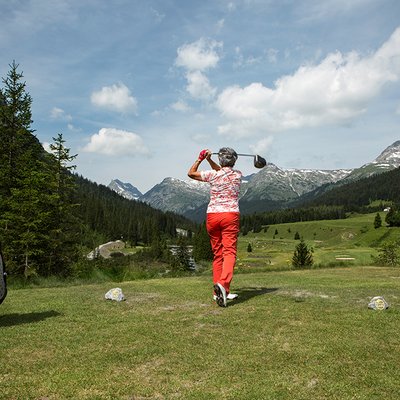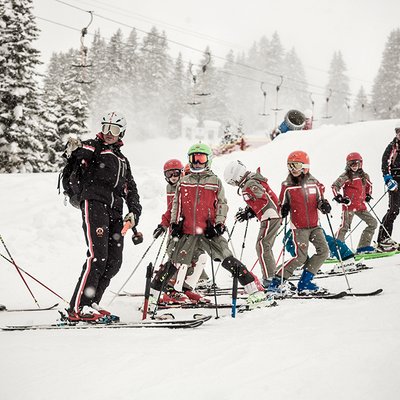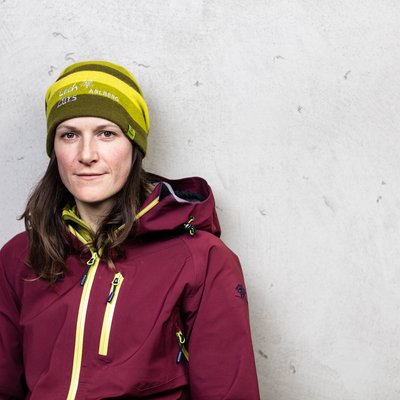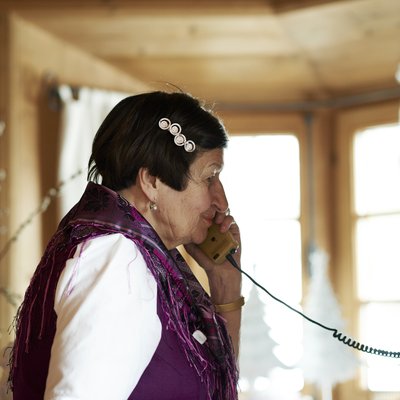Giving In To Things
How artist Daniel Kocher found his master in nature.
Daniel Kocher’s artistic collaboration with nature on the Green Ring, a breathtakingly beautiful 3-day-hike from Zürs to Zug and on to Lech, turned out to be his own personal hero’s quest. The visionary sculptor ventured out into the Alps with great plans – and was taught lectures in humility in return. It was a transformative experience, he says, and a chance to learn and grow.
Since 2009 you have been responsible for the artistic development of the Green Ring, a curated informative trail through the incredibly picturesque nature around Lech Zürs. On the way, hikers also meet your gigantic, one-of-a-kind sculptures: legendary Taurin, the Lech Wall, a post box and the famous watershed, to name a few. Art and tourism – how do the two go together?
Daniel Kocher: Funnily, working as an artist in tourism often allows for more creative freedom than working for a commercial gallery. I can integrate a lot more of my visions and really put sustainability in the focus.
And how does working out in nature compare to working in an enclosed space?
Daniel Kocher: You become a lot more pragmatic. I imagined everything to be a lot easier in the beginning, but then realised quite quickly that I’d have to adapt my ideas to the various challenges that wait high up in the mountains. All those forces of nature, wind, snow. Everything that’s not very robust will be destroyed within a year. That’s definitely not the sustainability we strive for! Also, you have to be very organised and plan ahead, starting with putting on weatherproof attire and packing proper lunchboxes.
Also, nature as a creative space is just so gigantic. That’s why sculptures like the Taurin have to be really big to even attract attention. When we installed him he looked so out of place up in that rock face. It took a few years to get used to him, to finally see him as a part of the whole scenery.

Was it the same with the famous stone that can be seen on the way to Lech Zürs?
Daniel Kocher: I’m really proud of that one. At first the plan was to build a watershed on this beautiful hill that looks like a loaf of bread. I wanted to cut a slice out of it and had already commissioned the formwork when, during the blasting, we hit upon this stone instead of the soil we expected. At first I was devastated. After all, the formwork had already been completed. But then I realised that the sculpture was already there, all I had to do was peel it out from under the hill. Now I am just amazed by how beautifully this artwork emerged from nature.
So nature teaches us what can be done and what can’t be done?
Daniel Kocher: Absolutely. Nature points us to the better versions of things. In case of the watershed it felt as if I would end up in the eternal hell for sculptors if I altered that stone. It only took some time for me to accept that I needed to let go of what was too much (the formwork). But of course nature is not always so charming when she shows her resistance.

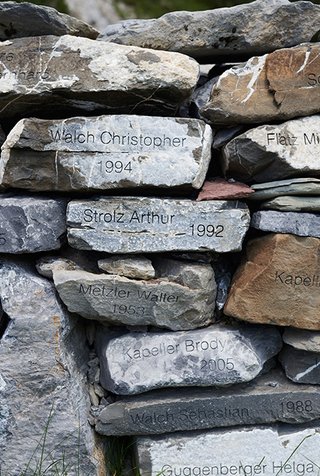
Did this experience change your perspective?
Daniel Kocher: At that time I was still too ambitious. I see it differently today than six years ago. When I look at certain old project drafts today they make me laugh – everything always works out perfectly on paper. But then, out in the field, it is about entering a symbiotic relationship with nature, and not about pushing through with your own ideas. That way nature won’t help you. So, yes, the watershed was a very important lesson for me.
How exactly?
Daniel Kocher: I am quite dominant by nature, want things to go my way. But nature showed me that it’s not always about what Mr. Kocher wants.
What do you intend with your works on the Green Ring?
Daniel Kocher: I want to meet people where they want to be met: in nature. Hiking along that trail, with your mind open and your senses awake, is a very beautiful experience. As the name Green Ring suggests, we also promote a sustainable form of tourism. We’re not chasing superlatives, our highlights are of a different nature, revealing themselves when you come to see them with an open mind and heart. In the end it is all about slowing down and being open for the now.

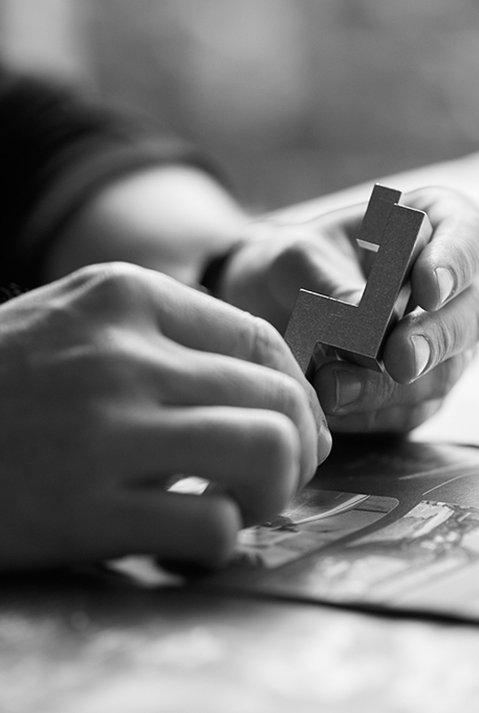
Are you someone who finds it easy to be in the now?
Daniel Kocher: Uhmmm, I am rather the one who’s always in a rush...
What do mountains mean to you?
Daniel Kocher: Mountains are 100% authentic. In the mountains the director is always nature.
When I was doing research for the Green Ring project, I would often sit under a tree in the rain, taking notes in my notebook and accepting that nothing I had planned for that day would be accomplished. That’s a very liberating experience. Giving in to things, just being there. It is also a lesson in humility, teaching us to not take ourselves too seriously. When you look at the bigger picture it also changes how you see yourself. And that, too, is very beautiful experience.
Text: Sandra Pfeifer
Photos: David Payr // friendship.is
April 26, 2017








